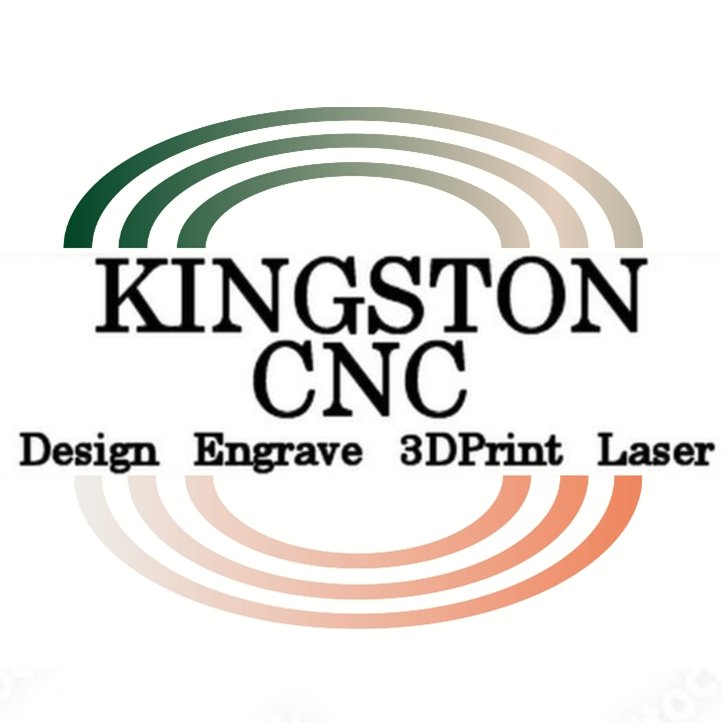Navigating the World of Hobby Lasers: What You Need to Know
In recent years, hobby lasers have become increasingly popular among DIY enthusiasts, artists, and makers. These versatile tools offer a wide range of applications, from engraving and cutting materials to creating intricate designs on various surfaces. However, navigating the world of hobby lasers can be overwhelming for beginners. In this article, we’ll explore the essential aspects you need to know to make informed decisions and maximize your creative potential with hobby lasers.
Understanding the Basics:
- Types of Hobby Lasers:
- CO2 Lasers: These are common in hobbyist setups, suitable for cutting and engraving materials like wood, acrylic, and leather.
- Diode Lasers: Compact and user-friendly, diode lasers are ideal for engraving on softer materials like wood and leather.
- Fiber Lasers: Known for their precision, fiber lasers excel in metal engraving and cutting.
- Power and Wattage:
- The power of a laser is measured in watts. Higher wattage lasers can cut or engrave thicker and harder materials.
- Consider your intended applications when choosing the laser power, as higher wattage may not always be necessary for certain projects.
Safety Measures:
- Protective Gear:
- Always wear appropriate safety gear, including laser safety glasses that block the specific wavelength of your laser.
- Ensure proper ventilation in your workspace to minimize exposure to fumes and particles produced during laser processing.
- Workspace Safety:
- Set up your laser in a well-ventilated and dedicated workspace, away from flammable materials.
- Implement safety features such as emergency stop buttons and interlocks to prevent accidents.
Software and Design:
- Compatible Software:
- Familiarize yourself with the software that comes with your laser cutter or engraver.
- Popular software includes LightBurn, RDWorks, and LaserGRBL. These tools allow you to create and edit designs for your projects.
- Design Considerations:
- Understand vector and raster graphics, as they play a crucial role in laser processing.
- Vector graphics are suitable for cutting, while raster graphics are ideal for engraving detailed images.
Material Considerations:
- Compatible Materials:
- Different lasers are suitable for different materials. Ensure your laser is compatible with the materials you plan to work with.
- Common materials include wood, acrylic, leather, paper, and certain metals.
- Material Preparation:
- Prepare materials properly by securing them in place and removing any protective coatings before laser processing.
- Experiment with scraps to determine the optimal settings for your specific material.
Maintenance and Upkeep:
- Regular Maintenance:
- Keep your laser clean and well-maintained to ensure optimal performance.
- Regularly check and clean the optics, mirrors, and ventilation system.
- Calibration:
- Calibrate your laser machine regularly to maintain accuracy and precision in your projects.
Conclusion:
Navigating the world of hobby lasers can be a rewarding experience when armed with the right knowledge and precautions. By understanding the basics, prioritizing safety, mastering software and design, considering materials, and implementing proper maintenance, you can unlock the full potential of your hobby laser and embark on a creative journey filled with endless possibilities. Remember to start small, experiment, and gradually push the boundaries of your skills to achieve stunning results in your laser projects.

No comments yet.